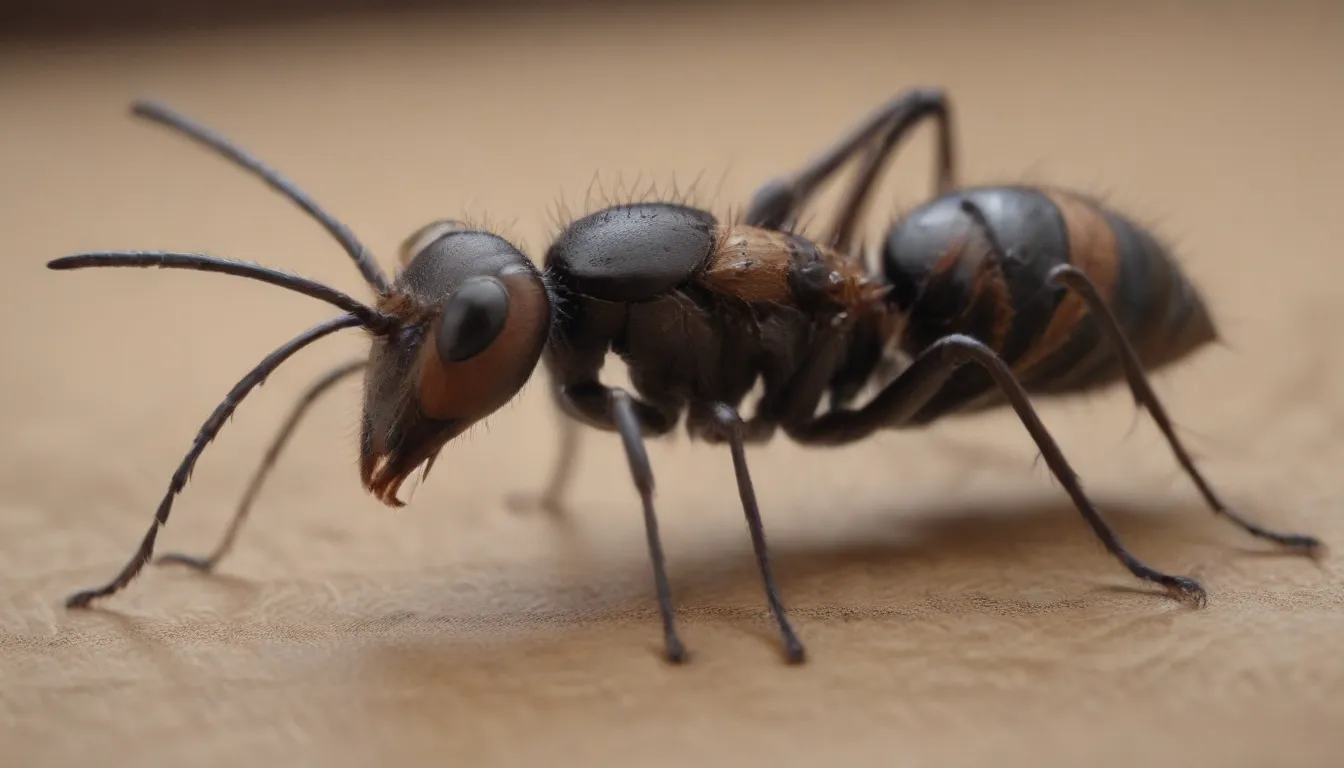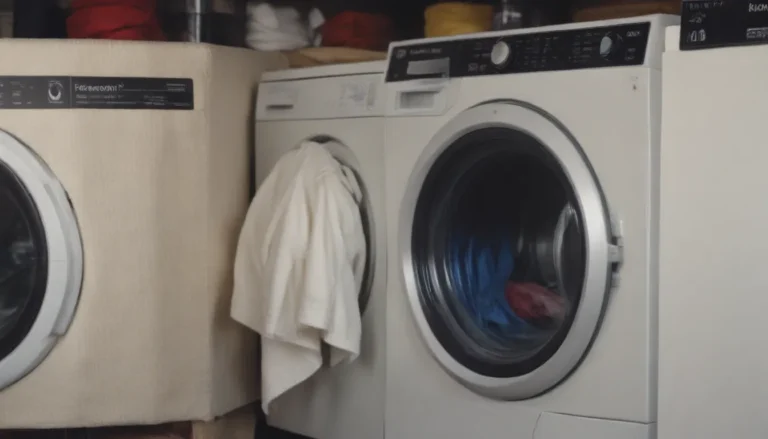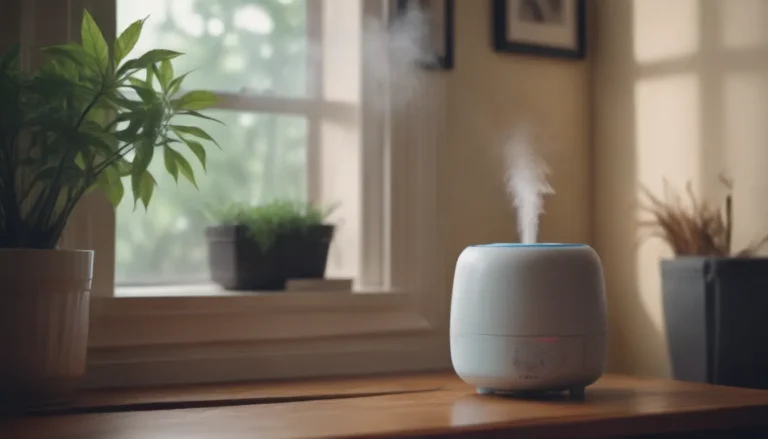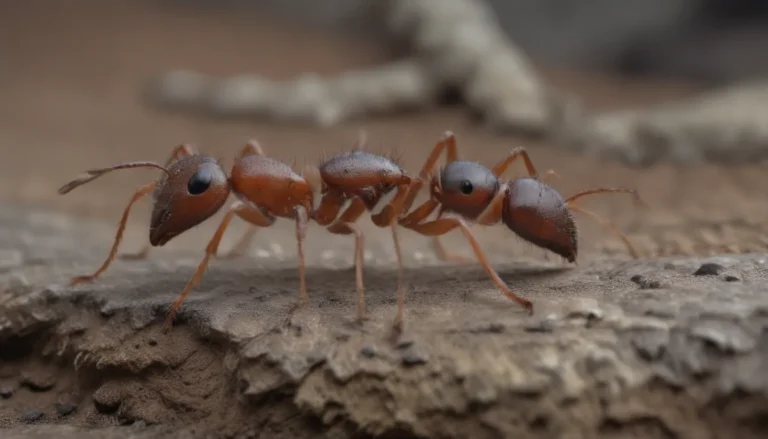Why Are Flying Ants In My Home, and What Can You Do About It?

Are you suddenly finding flying ants in your home and wondering why they have decided to invade your space? Don’t fret; you’re not alone in dealing with these pesky pests. Flying ants, also known as “alates,” are a common occurrence in many households, especially during the warm days of late spring and summer. But why do they appear, and what can you do to get rid of them?
Understanding Flying Ants
Before we dive into how to eliminate flying ants from your home, let’s first understand what they are. Flying ants are not a separate species but rather a developmental phase that all ant species go through. These mature male and female ants fly out of their colonies in search of a mate to establish a new nest.
Why Do Flying Ants Invade Homes?
Flying ants in your home can be a sign of decaying wood somewhere within your walls or under the floors. If you notice a swarm of these winged insects indoors, especially during the winter months when they are most likely breeding, there is a strong likelihood that a flying ant nest has been established in your home.
Flying ants are larger than typical house ants, reaching up to an inch in length. If left unchecked, they can cause structural damage similar to termites. Therefore, it’s essential to take action to eliminate them before they create further issues.
Strategies to Eliminate Flying Ants From Your Home
Handle the Immediate Problem
When you first notice flying ants in your home, it’s crucial to address the immediate issue. You can start by using a vacuum to remove swarms of ants. Be sure to dispose of the vacuum bag outside to prevent the ants from finding their way back inside.
Besides vacuuming, you can also use pesticides to kill visible ants. However, keep in mind that these sprays may not reach the hidden colony where the ants are breeding. If you prefer a more natural approach, consider using a mixture of dish soap and peppermint oil as a DIY ant control solution.
Attack the Colony
To effectively eliminate flying ants from your home, you must target the colony where they are breeding. Using ant bait can disrupt the ants’ reproduction cycle and eventually eradicate the entire colony. Liquid ant bait, containing borax or another disrupting substance, can be an effective way to lure ants back to the nest.
Alternatively, insecticidal dust can be injected into the area where the ants live. This method requires pinpointing the exact location of the ant colony, making it best suited for professional exterminators.
Replace Damaged Wood
If flying ants or carpenter ants have infested your home, it’s crucial to identify and replace any rotten or decaying wood in the walls or under the floors. Decayed wood not only poses a structural integrity risk but also sustains the ant colony by providing a nesting ground. While replacing damaged wood can be a demanding task, it is necessary to ensure the complete removal of flying ants from your home.
Preventing Flying Ant Infestations
To prevent future infestations of flying ants, it’s essential to eliminate potential food sources and repair any decaying wood in your home. Store food in closed containers, keep floors and countertops clean, and seal cracks around windows and baseboards to prevent ants from entering.
Regular inspection and maintenance of structural walls near ground level can help prevent rot and decay, which are attractive to flying ants. By taking proactive measures to address these potential entry points and nesting areas, you can greatly reduce the likelihood of flying ant infestations in your home.
When to Seek Professional Help
If your DIY methods are not effectively eliminating flying ants from your home, it may be time to enlist the help of a professional pest control service. A mature nest of flying ants can be challenging to eradicate without the expertise of an exterminator. By calling in a professional, you can ensure thorough inspection and treatment to prevent further infestations.
Remember, flying ants may not pose a physical threat to humans, but their presence can indicate an underlying issue that needs to be addressed promptly. By taking proactive steps to eliminate flying ants and prevent future infestations, you can enjoy a pest-free home environment.
In conclusion, flying ants may be an unwelcome sight in your home, but with the right strategies and preventative measures, you can effectively eliminate them and maintain a pest-free living space. By understanding their behavior and taking proactive steps to address potential entry points and nesting areas, you can ensure a comfortable and ant-free home environment for you and your family.





